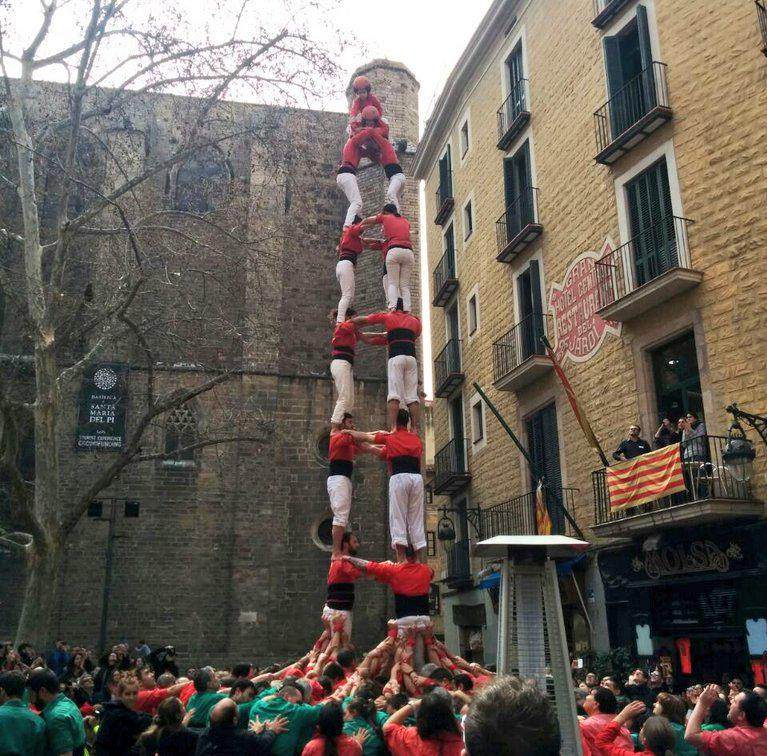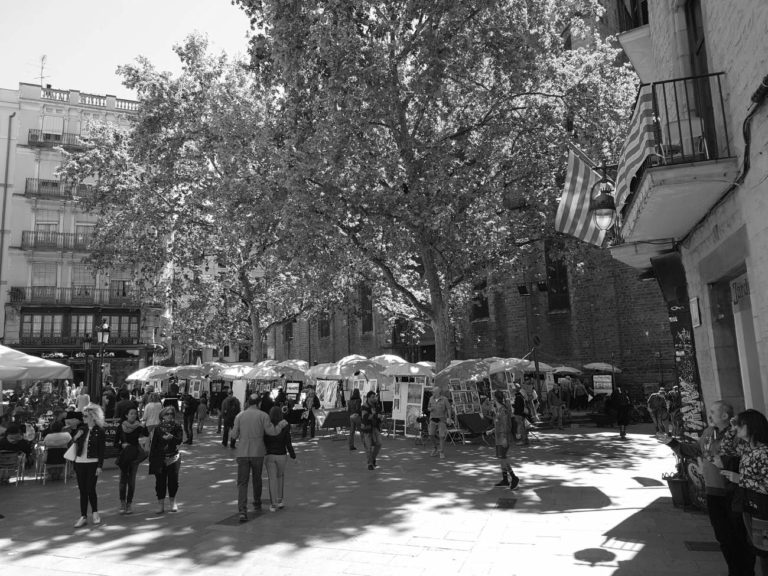Since 1860
It is not only the hotel itself, but the diversity and originality of the streets and scenes that surround us.
1640
It's creation
At the Historical Archive of the City there are documents in which it appears that in Plaza Sant Josep Oriol there was an Inn for transporters, dated from the year 1640. It also shows that there was an orchard on the corner between Plaza del Pi and the Plaza of Sant Josep Oriol.
Apparently, the owners decided to build a five-story building. The materials used for the original structure were mud, straw and wood.
The adjacent Inn was a typical structure with stone arches that supported the four-story building. Travelers rest in the rooms of the upper levels, over the stone arches. Below were the animals that helped to hear the first floor.

2001
Renovation
In 1860 el Jardí becomes the third hotel license in Barcelona.
Throughout the years the two buildings were consolidated. When observing the main facade and the entrance of the hostel located in Plaza de Sant Josep Oriol, one can distinguish the difference in levels between the two buildings by the rows of balconies. Shortly thereafter, the two buildings seem to have become of a sole owner, perhaps the owner of the Inn, as a staircase was built to connect both buildings;
El Jardí was born.
Thanks to its location it became a famous place, frequented by well-known artists arriving with elegant carriages. Naturally, people would stop at the square to see everything.
Now
A family run hotel
During the twentieth century el Jardí changed owners. The current management of the building, which for a time was quite deteriorated, has renovated the interior, respecting the facade. Remodeling works were executed in two stages, the first just before the 1992 Olympic Games and the second was completed in 2002 with the installation, for the first time, of an elevator. Unfortunately, due to the age of the building, the elevator does not start from the street level, and you have to climb some stairs to reach the lobby (20 steps).


